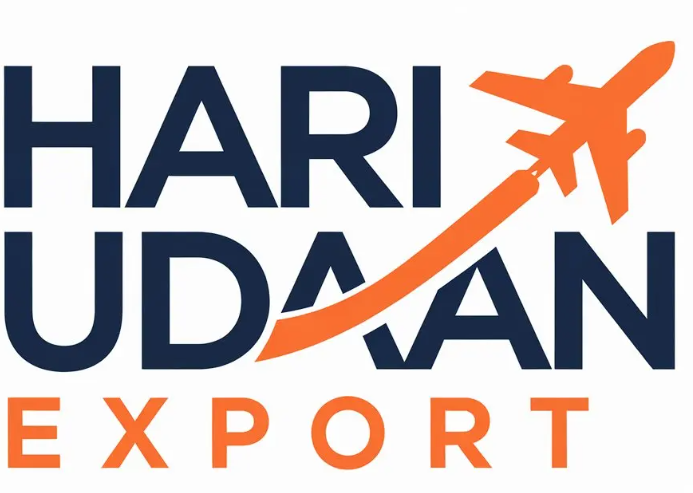Garments
Kaftan
A kaftan is a loose, flowing garment that is typically worn as a dress, robe, or tunic. It has its origins in ancient Persia and has evolved over the centuries to become a popular piece of clothing in many cultures. In modern fashion, kaftans are known for their comfort, elegance, and versatility. Here’s a detailed look at the kaftan as a garment:
Characteristics of a Kaftan:
-
Loose Fit: Kaftans are known for their loose and flowing silhouette, which makes them comfortable to wear and easy to move in.
-
Length: Kaftans can vary in length, from knee-length to floor-length. The longer versions are often worn as robes or evening wear, while shorter versions are great for casual wear.
-
Fabric: Kaftans are often made from lightweight and breathable fabrics such as silk, cotton, chiffon, satin, and jersey. These materials enhance the drape of the garment and contribute to its comfortable, breezy feel.
-
Sleeves: The sleeves can range from short to long. Some kaftans feature wide, bell-shaped sleeves, while others may have more fitted sleeves.
-
Neckline: Kaftans often have a V-neck, round neck, or keyhole neckline, but some variations may have a high collar or an open front.
Styles and Variations of Kaftans:
-
Traditional Kaftan:
-
Often made from luxurious fabrics like silk or brocade, with intricate embroidery, beading, or other embellishments.
-
Typically worn as a formal garment in Middle Eastern and North African cultures, especially during special occasions such as weddings, festivals, or religious events.
-
-
Casual Kaftan:
-
Made from lightweight cotton or jersey fabrics, ideal for daily wear or beach cover-ups.
-
Typically comes in vibrant colors and prints, making it suitable for casual occasions, vacations, or as resort wear.
-
-
Bohemian or Hippie Kaftan:
-
Known for its relaxed, free-spirited vibe.
-
Often features bold prints, ethnic patterns, and fringed or tasseled details.
-
Worn as part of the bohemian fashion style, associated with comfort and a laid-back lifestyle.
-
-
Maxi Kaftan:
-
A floor-length version of the kaftan, often worn as an evening dress or glamorous resort wear.
-
These kaftans may have elegant embellishments like sequins, beads, or intricate embroidery.
-
-
Kaftan Dresses:
-
These are variations of the kaftan that are specifically designed to be worn as dresses.
-
They often have a more fitted waistline or are cinched with a belt, making them suitable for both formal and semi-formal occasions.
-

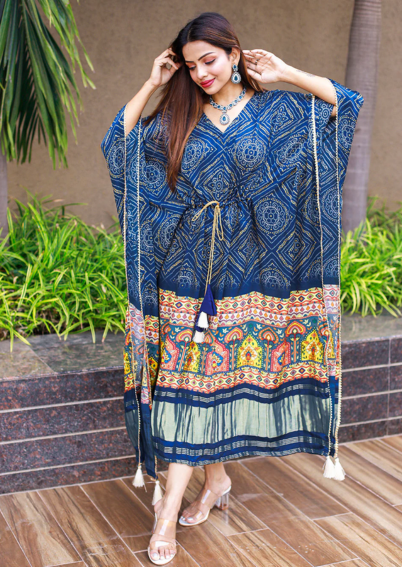
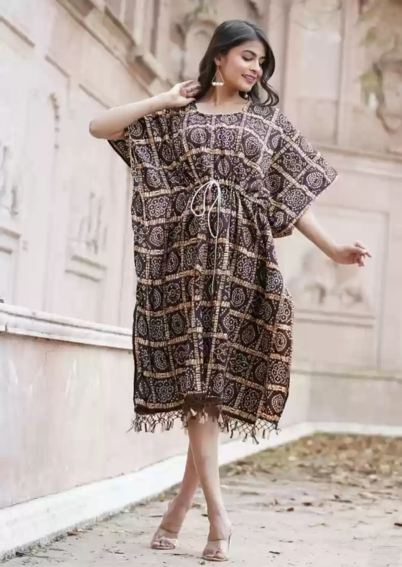
Farasha
A Farasha (also known as Farasha dress or Farasha abaya) is a traditional garment worn by women in the Middle East, particularly in countries like Saudi Arabia, the UAE, and other Gulf regions. It is a type of loose-fitting, flowing dress that is known for its elegant, modest design and is often worn for formal or cultural events. Here’s a detailed look at the Farasha garment:
Key Characteristics of the Farasha:
-
Loose and Flowing Fit: The Farasha is designed to be loose and free-flowing, providing comfort and allowing for ease of movement. It is a modest garment that covers the body while maintaining a graceful silhouette.
-
Fabric: Typically made from high-quality fabrics like chiffon, silk, satin, crepe, or cotton. The fabric often has a soft, smooth texture that drapes well on the body.
-
Length: The Farasha is usually floor-length or ankle-length, similar to an abaya or kaftan.
-
Design: It has wide sleeves and often features a flared design at the bottom. The garment may have intricate embroidery, beading, or other decorative elements along the edges, cuffs, or neckline.
-
Neckline: The neckline can vary but is often modest and simple, sometimes with a round or V-shaped cut.
Types of Farasha Dresses:
-
Traditional Farasha:
-
A classic version made from elegant, plain fabrics, often in dark colors like black, navy, or deep brown. This style is designed for more formal occasions.
-
-
Embellished Farasha:
-
Features decorative elements like embroidery, beadwork, or crystals. It is typically worn for weddings, festive occasions, or other celebrations.
-
-
Casual Farasha:
-
Made with lighter fabrics like cotton or linen, ideal for everyday wear or less formal occasions. These versions often come in simpler designs without heavy embellishments.
-
-
Modern Farasha:
-
A contemporary take on the traditional design, which may incorporate more trendy colors, prints, or shapes while still maintaining its loose, modest style.
-
-
Abaya Farasha:
-
A version of the Farasha that is specifically worn as a type of abaya, often paired with a headscarf (hijab). It is very popular in Gulf countries and is often worn for daily activities or formal occasions.
-
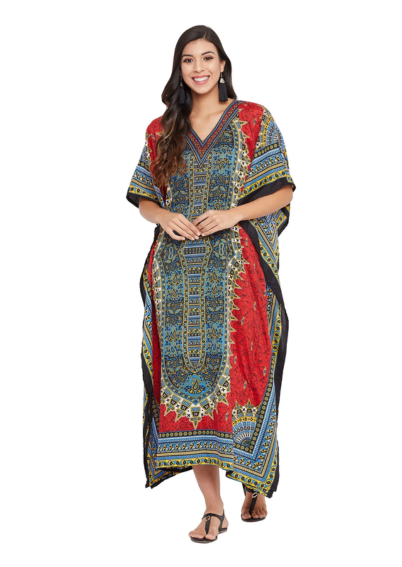
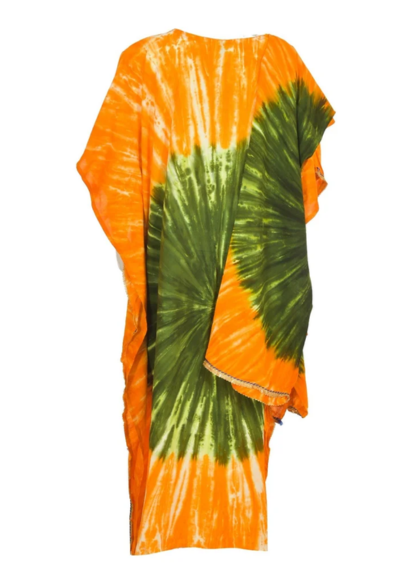
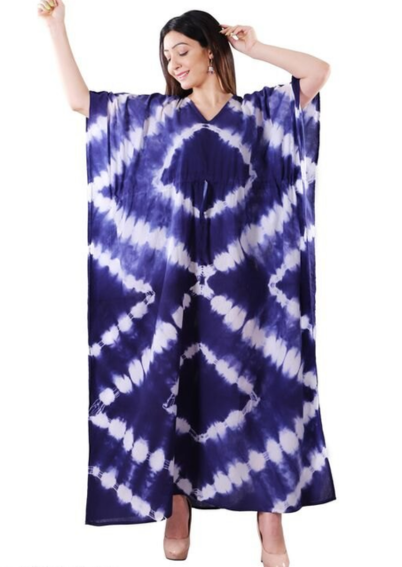
Poncho
A poncho is a traditional garment that originated in South America, particularly in regions like the Andes. It is a simple, one-piece outer garment that is typically worn for warmth and protection from the elements. The poncho is characterized by its loose, flowing design and a hole in the center for the head. It’s a versatile and timeless piece of clothing that has seen adaptations and popularity worldwide in both fashion and function. Here’s a detailed look at the poncho garment:
Key Characteristics of a Poncho:
-
Shape: A poncho is usually a square or rectangular piece of fabric with a central opening for the head. The garment hangs loosely from the shoulders, offering freedom of movement.
-
Material: Traditionally, ponchos are made from wool, cotton, or alpaca, which provide warmth and comfort. However, modern ponchos may also be made from synthetic materials, fleece, and other lightweight fabrics.
-
No Sleeves: The classic poncho has no sleeves, making it easy to slip on and off. The sides of the garment hang freely, often creating a draped effect.
-
Design: Ponchos can come in various styles, from plain, solid colors to intricate woven patterns. Many ponchos are decorated with fringe, tassels, or embroidery for added visual interest.
Types of Ponchos:
-
Traditional Poncho:
Originating from Latin American cultures, particularly in the Andean regions, the traditional poncho is made from wool or alpaca and is worn for warmth. These ponchos are often handmade with vibrant colors and geometric patterns.
-
Fashion Poncho:
In modern fashion, ponchos are worn as stylish outerwear. They can be made from wool, cashmere, or other luxurious fabrics and are often used for layering over other clothing. Fashion ponchos come in various lengths and styles, including asymmetrical cuts and elaborate designs.
-
Cape Poncho:
A fusion of a poncho and a cape, this style is more tailored and structured. It is designed to drape over the shoulders like a cape but retains the head hole typical of a poncho. It is often seen in formal or semi-formal fashion.
-
Knit Poncho:
Made from knitted fabric, these ponchos are typically used for fashion purposes or for warmth in cooler weather. They can be chunky, cozy, and have a casual, bohemian aesthetic.
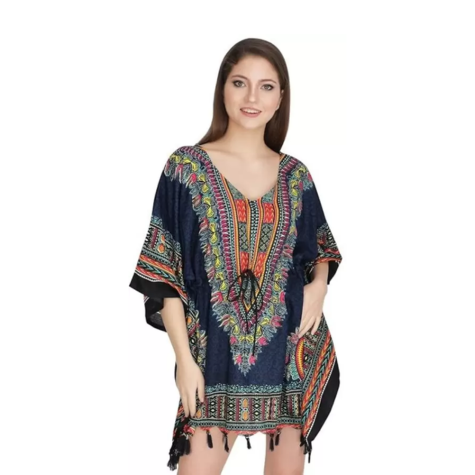
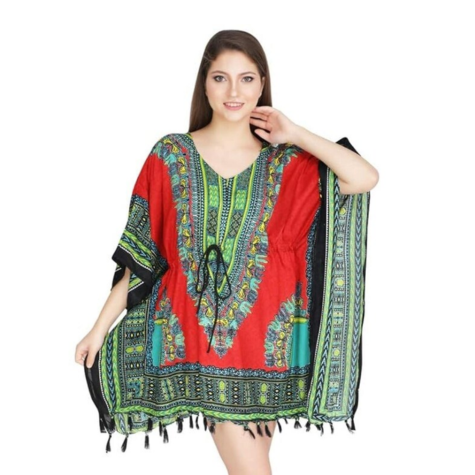
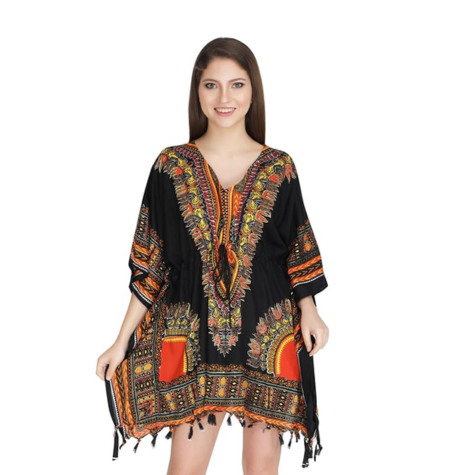
Jalebia
A Jalebi (often spelled Jalabiya or Jalabiya) is a traditional garment worn by women, primarily in the Middle East, North Africa, and parts of South Asia. It is a loose, flowing dress with a long, elegant design, known for its comfort, modesty, and versatility. The Jalebi is especially popular in countries like Egypt, Saudi Arabia, and the UAE and is typically worn for both daily wear and special occasions.
Key Characteristics of a Jalebi (Jalabiya):
-
Loose Fit: The Jalebi is a long, loose-fitting garment that covers the body from neck to ankle, making it a modest choice for women. Its loose structure allows for ease of movement and comfort.
-
Fabric: It is traditionally made from lightweight and breathable fabrics like cotton, linen, or silk. For cooler seasons or formal wear, it may also be made from heavier fabrics like wool or velvet.
-
Neckline: The neckline of the Jalebi is typically round, but can sometimes be V-shaped or feature a keyhole cutout. It is often adorned with decorative details like embroidery or sequins, especially for special occasions.
-
Sleeves: The sleeves of a Jalebi are generally long, and in some cases, they may be wide and flowy, giving the garment a more dramatic, feminine look.
-
Length: Jalebis are usually ankle-length or floor-length, offering full coverage of the body, which adds to their modest appeal.
Types of Jalebi:
-
Traditional Jalebi:
-
Made from natural fabrics like cotton or linen, with simple, modest designs. These are worn for everyday use and are generally plain in design, though they can feature subtle embroidery or patterns.
-
-
Embellished Jalebi:
-
These Jalebis are more decorative and are often worn for formal events, weddings, and cultural celebrations. They can be made from luxurious fabrics such as silk, chiffon, or satin and are often embellished with intricate embroidery, beads, or sequins.
-
-
Modern Jalebi:
-
With the evolution of fashion, modern Jalebis incorporate contemporary designs, using trendy colors, fabrics, and silhouettes while still maintaining the traditional modest and flowing nature of the garment.
-
-
Jalebi with Belt:
-
Some modern variations of the Jalebi come with a belt or sash around the waist to give it a more structured look. This version helps accentuate the waistline while still keeping the loose-fitting nature of the garment.
-

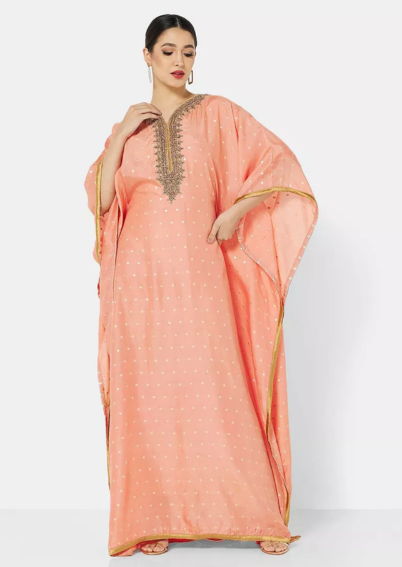
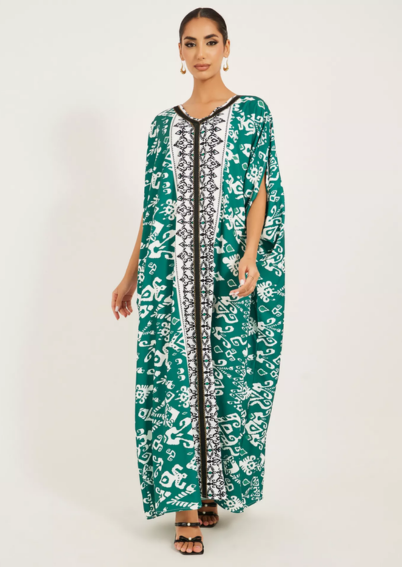
Get In Touch
Location
19, Vivek Vidhyalaya, Samarat Industry Godadara Gam Surat, Gujarat 394210
Contact
+91 88826 56243
info@hariudaanexport.com
sales@hariudaanexport.com
Hours
M – F : 8am–5pm
Sat : 11am–6pm
Sun : Closed
